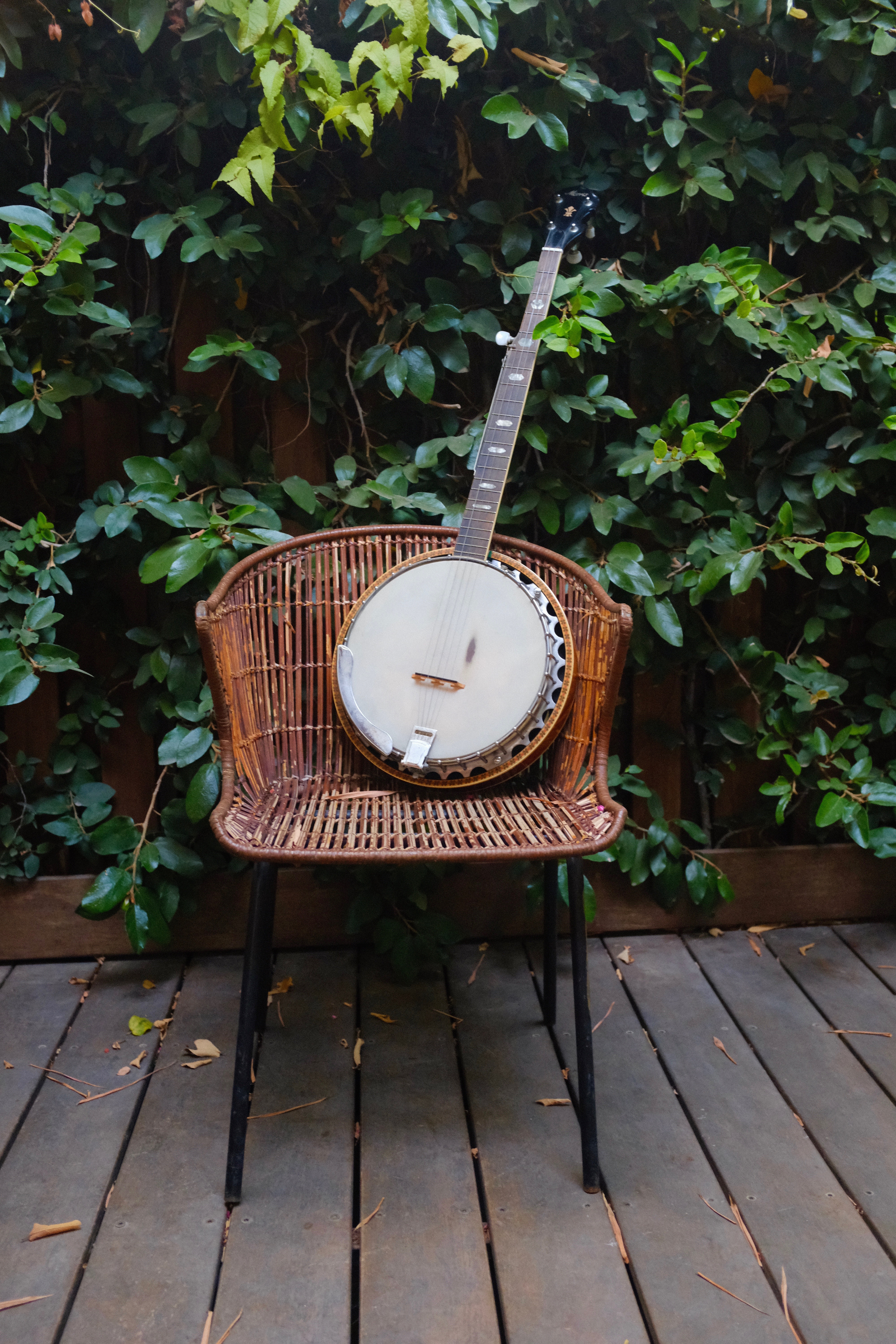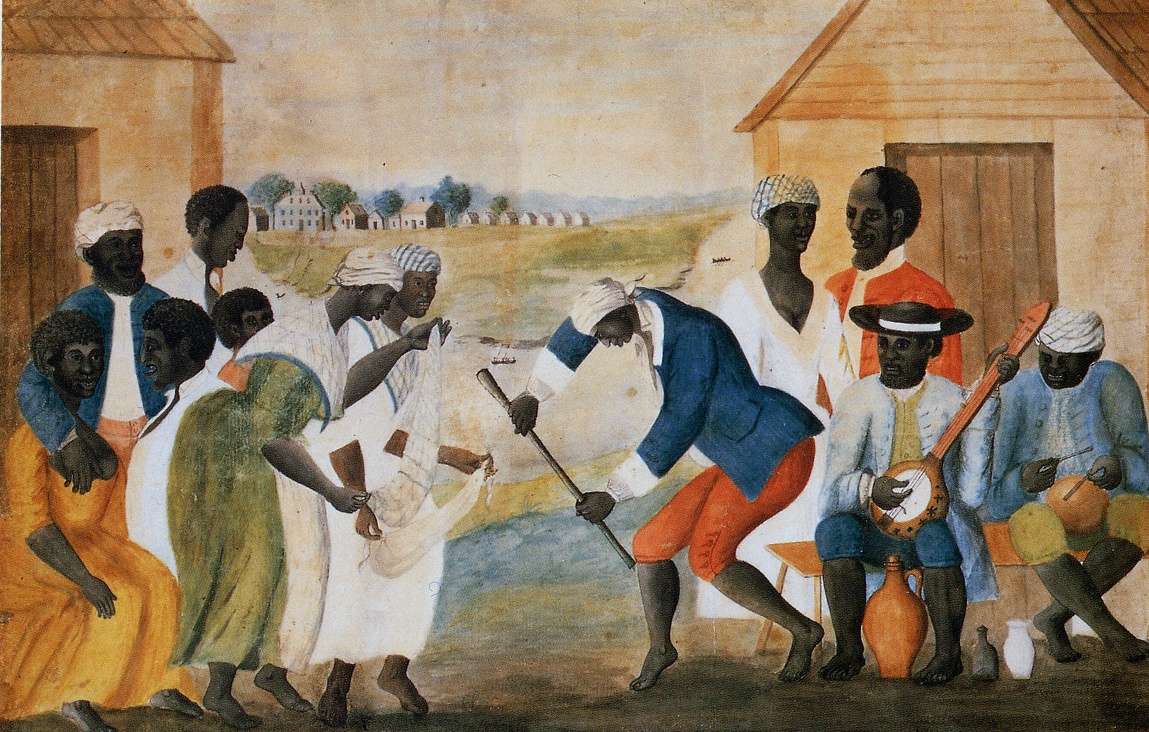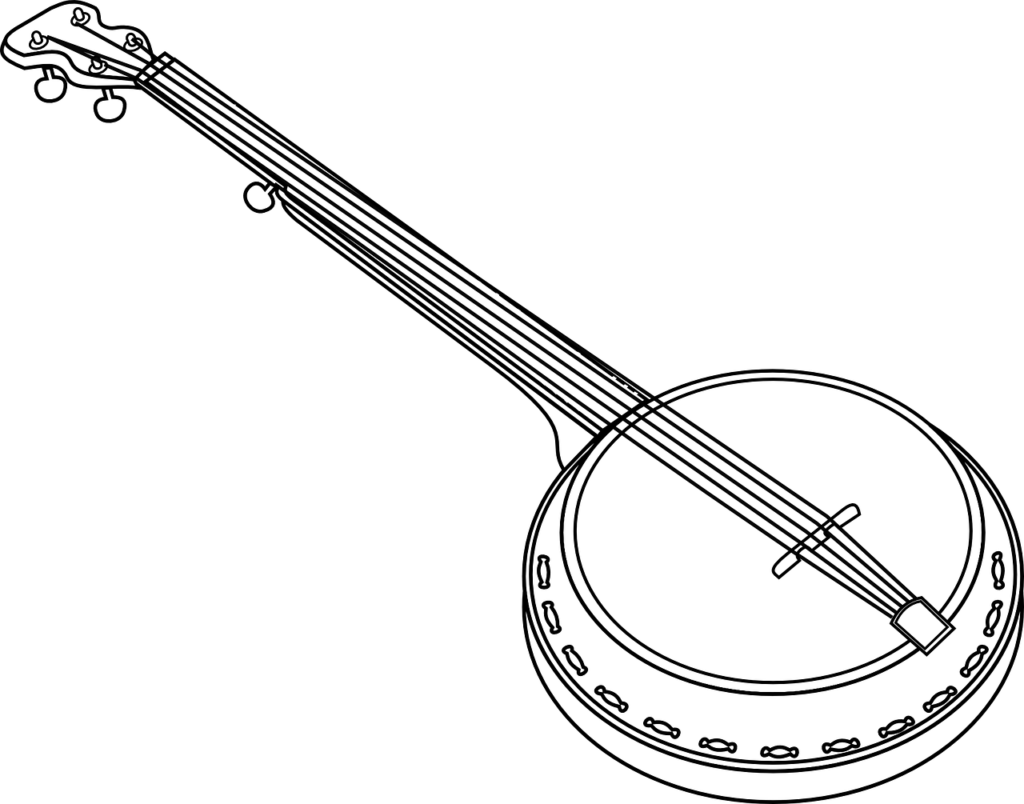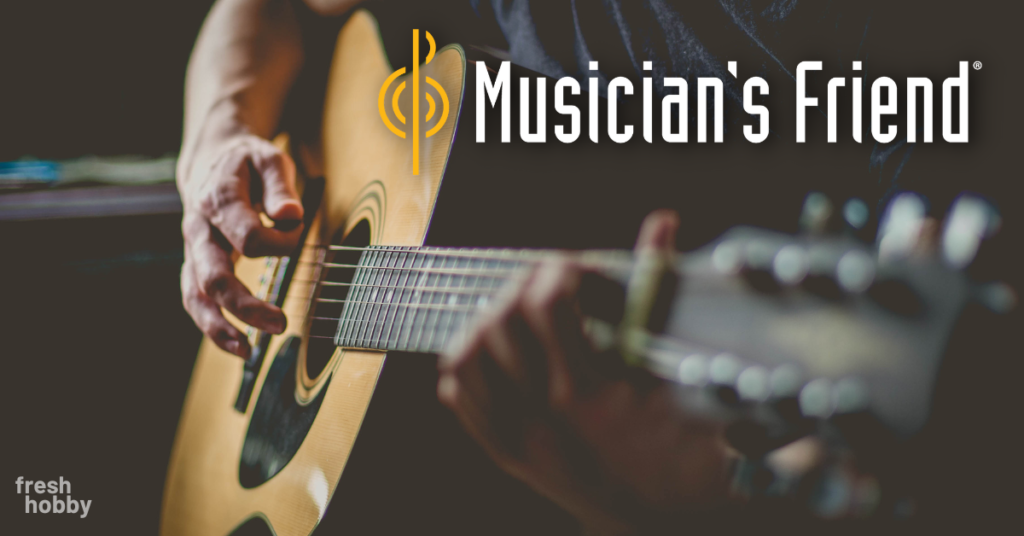So you want to learn the banjo? This wonderful stringed/percussive instrument is great for any music lover! While it may have a reputation as a bluegrass or country instrument; the banjo can be a versatile instrument suited for all genres of music!

A Brief History of the Banjo…
While many people starting to learn the banjo think of it as a uniquely southern, American instrument; the banjo actually has native African roots.
What we now call the “banjo” was originally made from gourds with varying numbers of strings and was actually called a “banjah”.
Originating in West Africa, the banjo was then brought to the Caribbeans by means of the slave trade. The instrument evolved in shape and playing style as it moved north into what is now the United States.
The instrument remained popular in black-culture but was quickly appropriated and adapted into southern-white culture.
As the instrument gained popularity and began to be mass-produced, the gourd body style grew out of favor and a more percussive, metal body style began to take form.
With this new body came new playing styles including bluegrass, americana, clawhammer, jazz and so-forth.

For a more detailed history of the banjo, please visit bittersoutherner.com
How do you play the banjo?
When starting to learn the banjo, it is important to know a bit about the construction of the instrument. Similar to the guitar, the banjo is a stringed instrument with a body, neck and headstock.
In its current form, a standard banjo is a five-stringed percussive instrument played by plucking or striking the strings with your fingers.
The body of the banjo is constructed similar to that of a drum, giving the banjo its unique sound.
Players strike the “thumb” or “drone” string, which is the shorter string, closest to the top of the banjo when in playing position.

There are various playing styles including clawhammer, bluegrass and jazz etc… All of which utilize the drone string in a unique way.
Arguably the most uniquely “banjo sounding” style is “clawhammer”, in which the player makes their hand into a “claw” to rhythmically strike the strings and drone string.
Here is an example of the clawhammer banjo strumming style…
While there are many playing styles, we feel that clawhammer style really makes the banjo standout from other stringed instruments like the guitar or violin.
Some other banjo playing styles include the two-finger pickup (Scruggs style), Keith style, Reno style and many others.
What types of banjos are there?
Banjos come in many styles and variations including four, five and six-string banjos (six-string banjos are played and tuned similar to a guitar).
That said, the most “standard” or popular banjo today is the five string Sweeney style banjo pictured here:

Another distinct features to consider when purchasing a banjo is if you would like an “open-back” banjo or a “resonator” banjo.
Open back banjos are “open” behind the drum body, well suited for recording or quieter folk music, while the resonator banjo have a “closed back” which helps to amplify the sound and are better suited for live performance.
Another, less common banjo style is a “fretless” banjo.
A fretless banjo offers a unique sound and playing style, which requires a bit more mastery to play but offers some interesting sliding techniques.
Here is a brief example of the fretless banjo sound:
Who are some banjo artists I should listen to?
With such a variety of genres and stylings, there are so many amazing banjo artists to listen to. Here is just a short list of artists that we recommend:
- Bella Fleck
- Carolina Chocolate Drops
- Steve Martin
- Pete Seeger
- Sufjan Stevens
- Judah and the Lion
- Earl Scruggs
- Rob Stenson
- Frontier Ruckus
- The Avett Brothers
- Alison Brown
- Don Reno
- Crooked Still
- Trampled By Turtles
- Willie Watson
This is by no means a comprehensive list; just some of our favorites.
Some well-known and some obscure, we hope you find some inspiration from these artists on your banjo journey.
Changing Strings and Standard Banjo Tuning…
Check out our video here for a quick lesson on changing your banjo strings and tuning to Gmaj Standard:
As a brief introduction, we hope this page helps you on your musical journey as you learn the banjo. For more information and resources please check out some of our recommended links below!
Recommended Links:
- Deering Goodtime Banjo (Amazon)
- Deering Goodtime 2 Resonator with Hardshell Case (Amazon)
- Bluegrass Banjo for the Complete Ignoramus Book / CD (Amazon)
- Banjo Thumb and Finger Picks (Amazon)
- Hardshell Banjo Case (Amazon)

